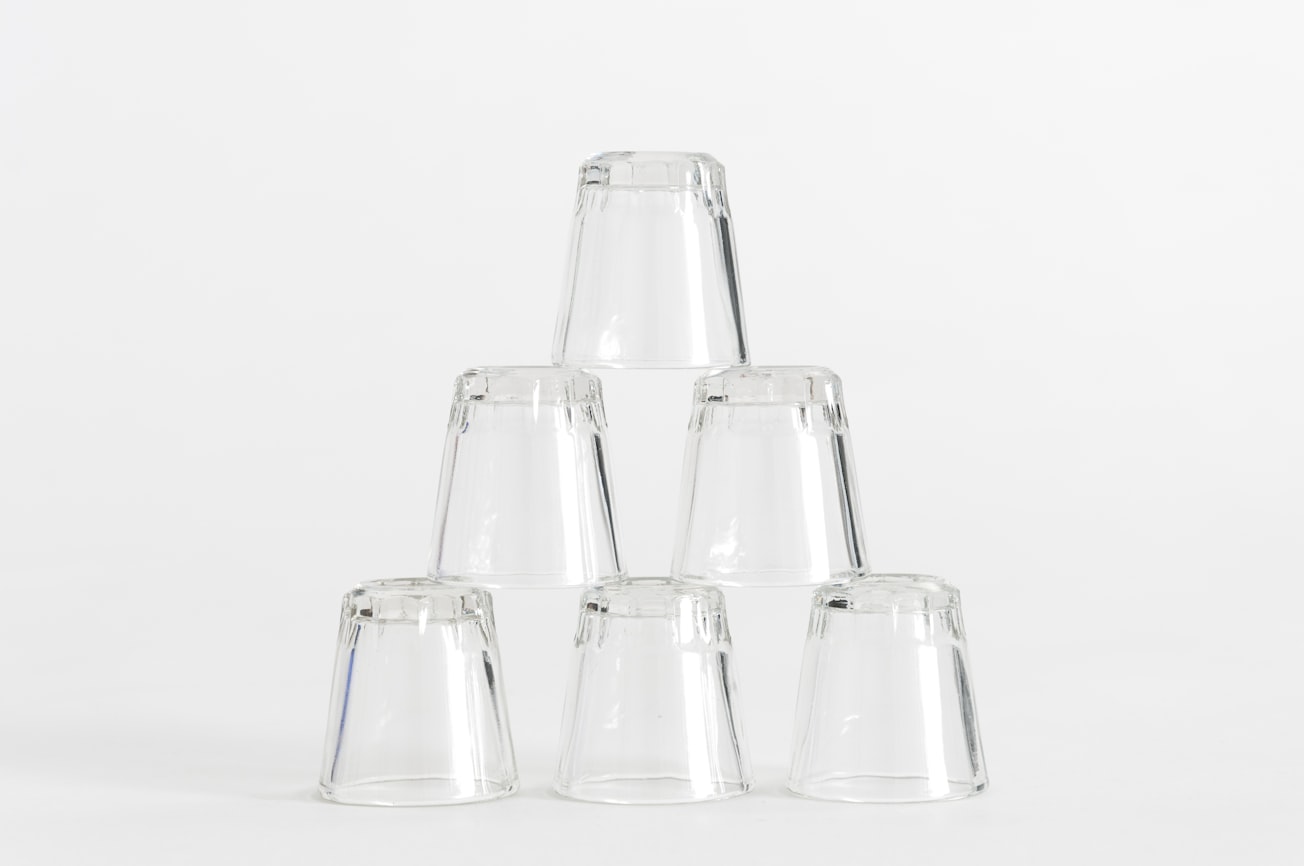What is it about?
An international team of researchers has developed a glass material with the ability to deform plastically at room temperature without fracture. The discovery may revolutionise the way glass materials are used in modern applications.
Featured Image

Photo by Crissy Jarvis on Unsplash
Why is it important?
Conventional flat glass is primarily made up of silicon oxide and cracks easily because the atoms in the glass are not able to move when subjected to stress. If the glass is bent or stretched too hard, it will break. Traditional glass manufacturing processes allow glass to moulded into any shape, but they require a high temperature. “In the traditional process, glass is heated to a molten state. I am sure we have all seen glass blowers handling red-hot glass,” Frankberg says. The demonstrated glass ductility is however achieved at room temperature.
Perspectives
A glass that is capable of plastic deformation may open up new avenues for innovation. “Glass is a common household material but has limited uses due to its intrinsic brittleness. Our research may help to identify new areas of application for glass”, Frankberg says. There is great demand for more durable glass, which, for example, in smartphones would prevent the screen from breaking if the phone is dropped on a hard floor. “You might be able to smash your phone on the floor without breaking the screen. Our current smartphone screens are basically regular window glass with enhanced elasticity and strength. But they are still ultimately made out of glass that exhibits no plastic behaviour,” Frankberg points out. It may also be possible to develop new glass-based innovations by looking in unexpected directions. We may not be able to open our mind to the world of possibilities offered by new types of glass because we inherently associate glass with brittleness. Glass that is considerably tougher than ordinary glass would have great potential for new applications. “Surprisingly little is known about glass materials. This study increases our understanding and opens up whole new research avenues,” Frankberg says. The new type of glass is much stronger than steel. As glass is also much lighter than steel, the new material may have potential uses, for example, in mechanical engineering and construction. Modern applications of glass are often hidden from plain sight in electronics, renewable energy production systems, space applications and battery technologies. The level of durability achieved by the researchers may open up new perspectives for research on a broad range of technologies. “Still, research takes time. Now that we have made the discovery, it will likely take decades before production can be scaled up to industrial proportions. This is often the case in materials engineering. But if a material is genuinely useful for humanity, it will end up being used for thousands of years – as glass has been,” Frankberg says.
Dr. Erkka J. Frankberg
Istituto Italiano di Tecnologia
Read the Original
This page is a summary of: Highly ductile amorphous oxide at room temperature and high strain rate, Science, November 2019, American Association for the Advancement of Science,
DOI: 10.1126/science.aav1254.
You can read the full text:
Resources
Contributors
The following have contributed to this page










